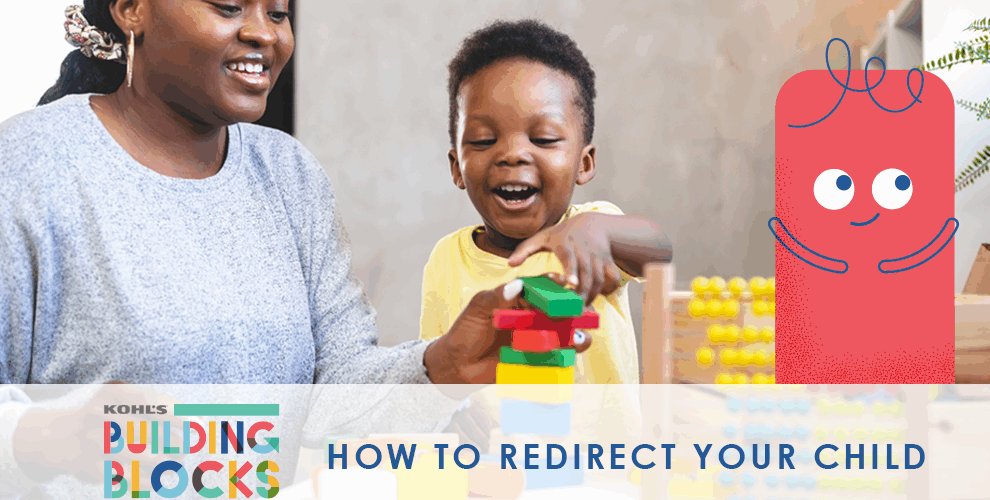By: Courtney Clark, LPC, Psychotherapist and Training Coordinator at the Behavior Clinic, Penfield Children’s Center
Redirection is a great way to help manage challenging behaviors by communicating what you want to see your child do instead of telling them to stop a certain activity.
When a child hears the word “no,” “can’t,” or “stop,” they get stuck on what they can’t have or can’t do. Suddenly, what they can’t have or do becomes ALL they think about.
They might hear and understand that you’ve said “stop,” but they also hear and are thinking about the behavior you don’t want them doing. In other words, their focus is now on the negative behavior and not on what you’d prefer them to be doing. Also, when a child hears only what they are doing wrong, they can become discouraged.
Help your child get “unstuck” by using the can-do strategy of “redirection.” Focus on what you DO want to see your child doing versus the behavior you do not wish to see.
For example, instead of “Stop jumping on the furniture!” try “You need to sit on your bottom.” Instead of “Quit running,” try “Use your walking feet,” and instead of “Stop crashing your toy car into the wall,” try “Drive the car slowly like this.”
Whenever you tell them what they can’t do, always follow it with what they can do. Offering your child a quick alternative helps them move on from what they can’t have, while keeping caregivers happy too.
Try to phrase your thoughts as a direction versus a question when your child does not have the option to say no. This will help make it clear when your child has a choice in the matter and when they do not. Phrasing limits this way helps redirect a child’s attention and sets up positive expectations.
In addition to putting the emphasis on the positive, redirection helps stop the challenging behavior before emotions escalate, limiting temper tantrums and other negative responses.
Telling your child what they can do in the situation implies that you know they can do it successfully.
In addition to verbal redirection, you can also try gently placing your hand on your child’s back or arm and actually leading them to the activity you’d prefer them to engage in.
But remember, if offering the quick “can do” doesn’t work (and it won’t always work), be ready to follow through with the limit you have set.
How have you positively redirected your child?



Leave a Reply